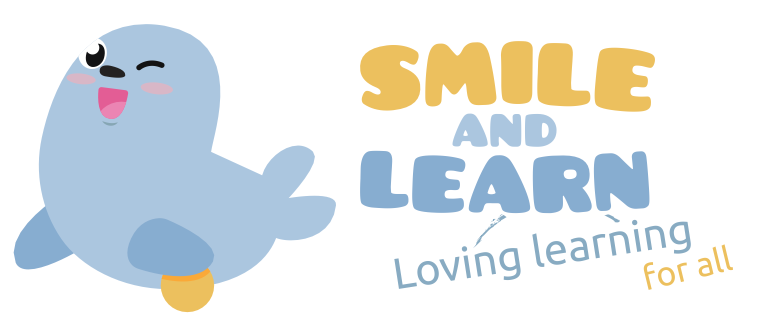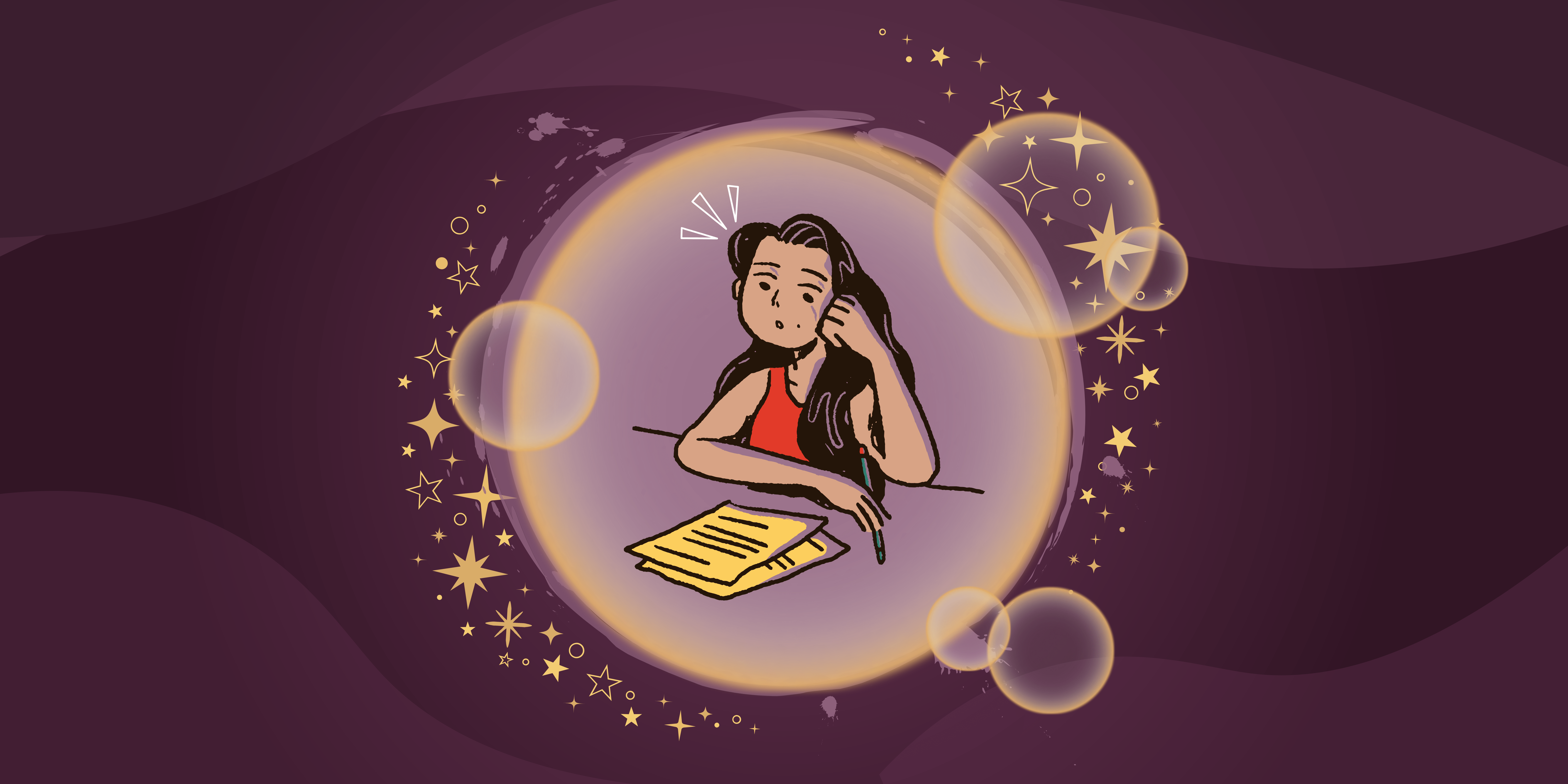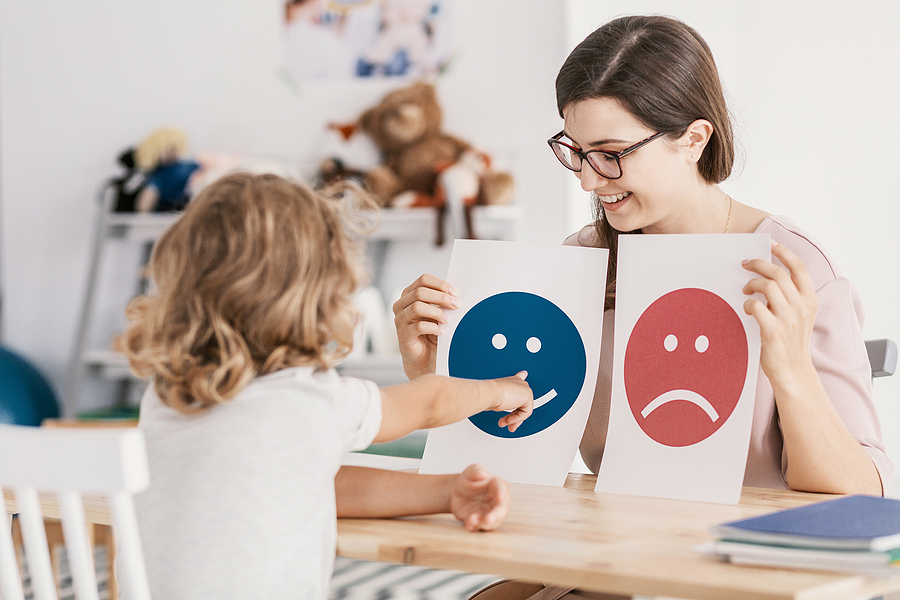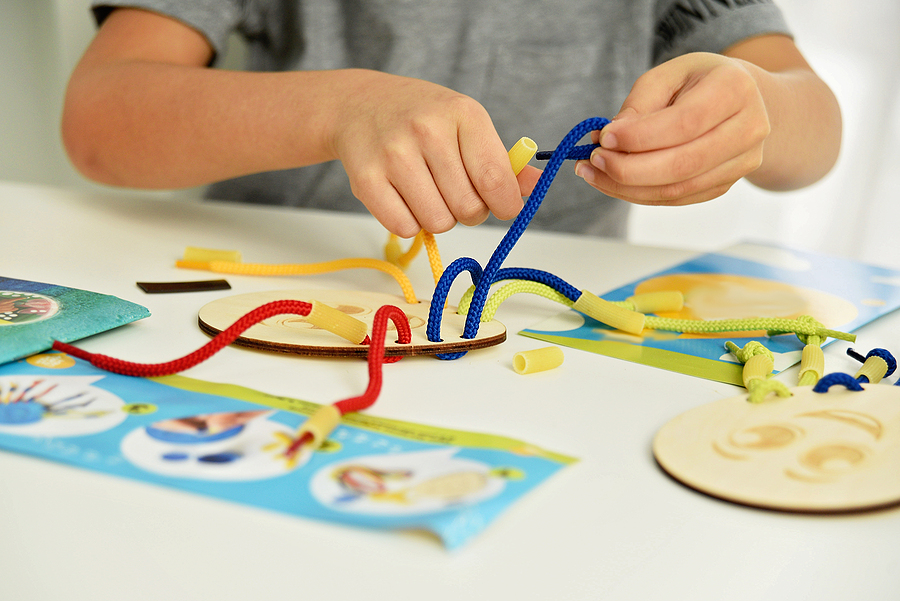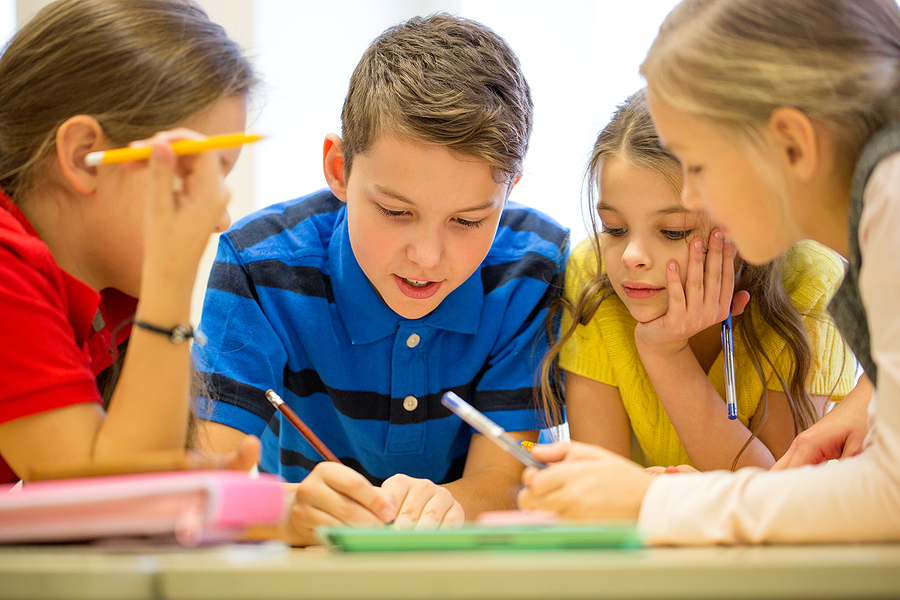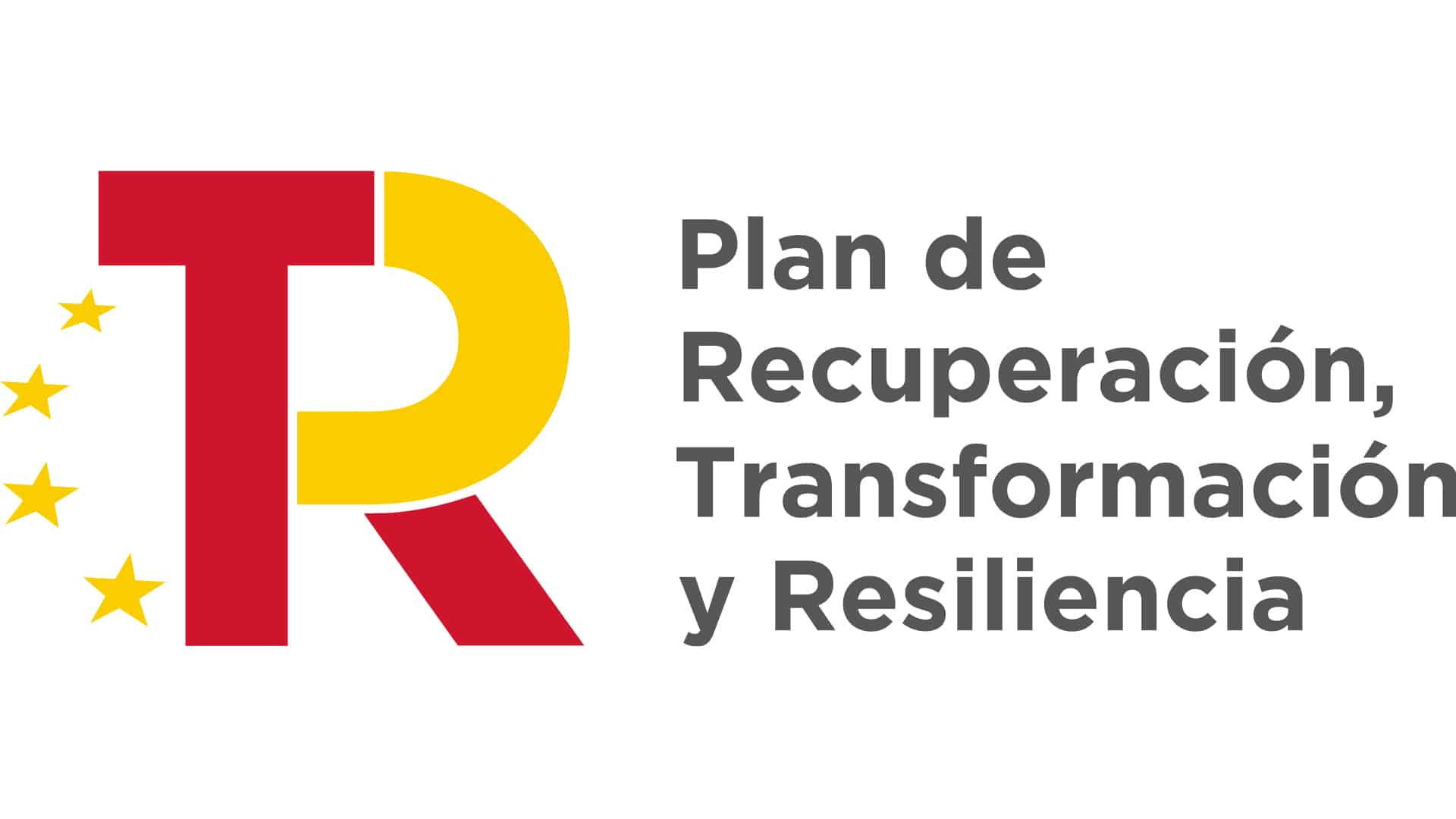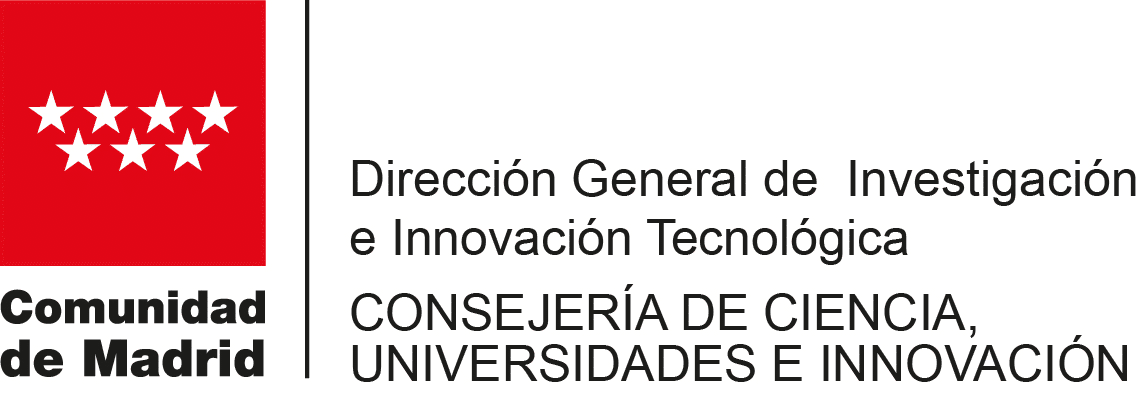The Two Languages That Shaped My Education
When I was little, Spanish and English weren’t just languages—they were part of my identity. At home, I spoke Spanish effortlessly, surrounded by the voices of family. At school, I switched seamlessly into English—reading, writing, and learning alongside my classmates.
For some time, both languages felt equal, like two sides of the same coin. I never had to think about which one I was using—they both belonged to me. But as I got older, that balance began to shift.
School demanded more and more English. Homework, essays, class discussions, tests—everything was in English. Apart from that, the school I attended in upstate New York did not have many Spanish-speaking students, so making friends required speaking only English. Slowly, without even realizing it, I started speaking in English more often than in Spanish. My conversations at home became sprinkled with English words, then eventually whole sentences. Spanish, which once felt like second nature, started feeling like something I had to work at.
Then, one day, I was asked to write an essay in Spanish. And I froze.
I struggled to remember the right words, second-guessed my grammar, and felt frustrated that something that had once felt effortless now felt foreign.
How could I be bilingual and still struggle with my own language?
Feeling Caught in Between Languages
Being bilingual in school comes with a unique set of challenges that not everyone talks about:
The Language Shift: If you use one language more than the other in school, your brain starts prioritizing it—sometimes at the cost of fluency in the other.
The Identity Struggle: Speaking Spanish made me feel different from my English-speaking classmates, but struggling with Spanish made me feel disconnected from my roots.
The Classroom Dynamic: Sometimes, I worried about saying something in English when I knew I could say it better in Spanish—or vice versa.
The Unspoken Pressure: Teachers and classmates saw me as “the bilingual one,” but that didn’t mean I felt confident in both languages all the time.
I remember the moments when I’d suddenly realize I had been mispronouncing certain English words—simply because that’s how my parents had always said them. One example that stands out is the word salmon. My parents, whose first language is Spanish, pronounced it as sal-mon, naturally following the Spanish pronunciation sal-món. So that’s how I said it too—until one day in school, I casually said it in front of my classmates and quickly realized the “l” was supposed to be silent.
That moment hit me like a wave. If English was supposed to be my strongest language, how had I been getting words wrong all my life? And if I was making these mistakes in English, what did that mean for my Spanish?
There’s a weird kind of imposter syndrome that can come with bilingualism—like you’re not fully fluent in either language, always trying to keep up, always wondering if you’re speaking “correctly” in both.
But over time, I learned something important: Bilingualism isn’t just about fluency—it’s about adaptability, understanding, and connection.
Finding My Spanish Again—And Embracing Both Sides
One of the biggest turning points for me was when I was visiting family in Bolivia.
At first, my Spanish felt clumsy. I hesitated, forgot words, and sometimes got corrected by younger cousins who had never known anything but Spanish. It got to the point where my family would ask me why I was so quiet, but it was only because I was too intimidated to speak at the risk of making a mistake, or I simply did not know how to properly express myself. But after a few days, something amazing happened—it started to come back.
The words, the rhythm, the confidence. My Spanish wasn’t gone; it had just been waiting for me. And in that moment, I realized:
Bilingualism is fluid. Just because one language is stronger at a certain time doesn’t mean the other is gone.
Being “fully bilingual” doesn’t mean being perfect in both languages. It means being able to move between them, even if it takes effort sometimes.
My Spanish isn’t just a skill—it’s part of who I am. No matter how much English dominates my daily life, Spanish is still a piece of me that can’t be erased.
When I came back from Bolivia, I started seeing bilingualism differently—not as a challenge, but as an incredible advantage.
Now, as I spend this semester of my college education studying abroad in Madrid, my confidence with my bilingualism is at an all time high–I am no longer scared to make myself heard, or to start up a conversation; asking questions does not intimidate me, and I welcome any mistakes I make along the way as a stepping stone to getting my fluency from childhood back.
What I Wish I Had Known as a Bilingual Student
If I could go back and give my younger self advice, here’s what I’d say:
Don’t be ashamed of switching between languages. It’s a skill, not a flaw. Your brain is doing something amazing.
Use both languages as much as possible. Even if school is mostly in English, find ways to keep your Spanish alive—through music, reading, or just speaking at home.
Mistakes don’t mean you’re “losing” a language. Forgetting a word or struggling to express yourself is normal—it doesn’t make you any less bilingual.
You don’t have to prove your identity. Whether you speak one language more fluently than the other, you are still bilingual, and both cultures belong to you.
Being bilingual is a journey, and we don’t have to navigate it alone.
Briana Jaldin
